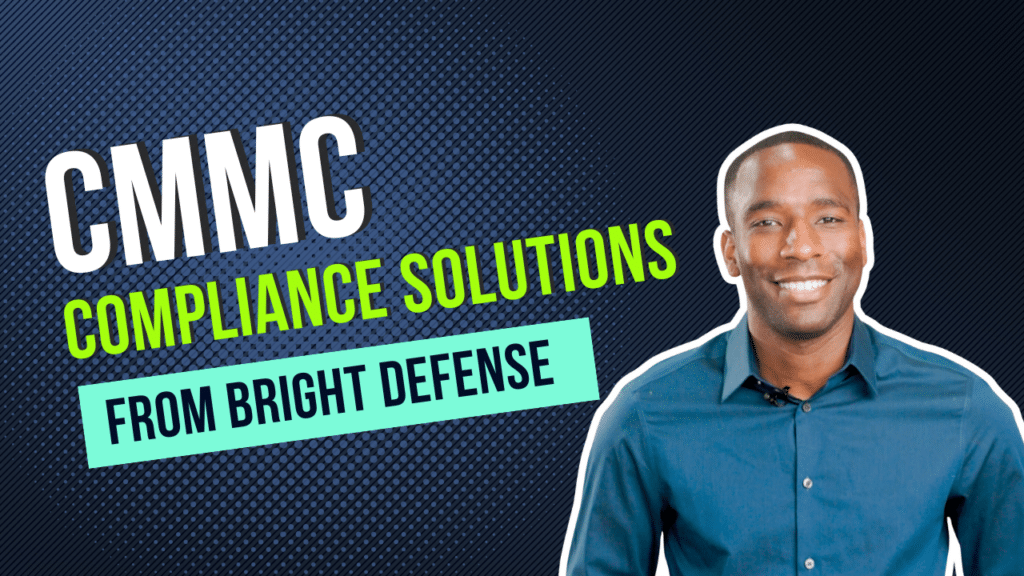
Tim Mektrakarn
February 25, 2025
CISO vs CIO: Understanding the Key Differences for Your SMB
As a small or medium-sized business owner, you’re constantly juggling numerous responsibilities, from managing finances to driving growth. One crucial aspect of running a successful business that often gets overlooked is understanding the distinct roles of your IT leadership, specifically the Chief Information Security Officer (CISO) and the Chief Information Officer (CIO). Knowing the difference between CISO vs CIO, these two roles can help you make better decisions for your business’s technology and security needs.
Defining the Roles CISO vs CIO
CISO (Chief Information Security Officer):
The CISO is your go-to person for everything related to cybersecurity. They focus on protecting your business from cyber threats, ensuring your data remains secure, and complying with security regulations. Their main tasks include:
- Developing and implementing security policies.
- Monitoring and responding to security incidents.
- Conducting security audits and risk assessments.
- Educating employees about security best practices.

CIO (Chief Information Officer):
The CIO, on the other hand, oversees your entire IT infrastructure and aligns technology initiatives with your business goals. They ensure that your IT systems support your business operations efficiently and drive innovation. Their responsibilities include:
- Overseeing IT infrastructure and operations.
- Strategic planning for technology and business alignment.
- Managing IT budgets and resources.
- Leading digital transformation initiatives.
Core Responsibilities Comparison
While both roles are essential, their primary focuses are different. The CISO is security-centric, concentrating on risk mitigation and incident response. Meanwhile, the CIO is business-centric, focusing on enhancing operational efficiency and driving technological innovation.
CISO vs CIO Tasks:
- Implementing and maintaining robust security measures.
- Performing regular security assessments and compliance checks.
- Responding swiftly to security breaches and incidents.
CIO vs CISO Tasks:
- Ensuring IT infrastructure supports business needs.
- Planning and executing technology strategies.
- Managing the IT department and its resources effectively.

Collaboration and Overlap between CISO and CIO
Despite their distinct focuses, the CISO and CIO often need to collaborate closely. For instance, while the CIO may lead a digital transformation project, the CISO ensures that new technologies are implemented securely. This collaboration is crucial for your SMB, as it ensures that business operations are not only efficient but also secure.
Differences in Focus and Approach
CISO Approach:
- Security-centric, prioritizing the protection of data and systems.
- Focuses on preventing, detecting, and responding to cyber threats.
- Ensures compliance with industry regulations and standards.
CIO Approach:
- Business-centric, aiming to align IT with business objectives.
- Enhances operational efficiency through technology.
- Drives innovation and oversees digital transformation efforts.
Reporting Structure and Organizational Impact
Typically, the CISO might report to the CIO, CEO, or even directly to the board, depending on your organization’s structure. The CIO usually reports to the CEO or the board. Both roles significantly impact your business’s culture and decision-making processes, influencing how technology and security are perceived and prioritized within your organization.

Challenges and Opportunities
CISO Challenges:
- Staying ahead of evolving cyber threats.
- Balancing security needs with business operations.
- Securing executive and board support for security initiatives.
CIO Challenges:
- Keeping up with rapid technological advancements.
- Aligning IT projects with business goals.
- Managing the complexities of digital transformation.
Future Trends and Evolving Roles
The roles of CISO vs CIO are continually evolving. With the increasing importance of cybersecurity, the CISO’s role is becoming more prominent. Simultaneously, as technology becomes integral to business success, the CIO’s role is expanding to include more strategic business responsibilities. Your SMB can benefit immensely from the synergy of these two roles, driving both innovation and security.
Conclusion
Understanding the difference between a CIO vs CISO is crucial for your SMB. While the CISO focuses on keeping your data and systems secure, the CIO ensures that your IT infrastructure supports your business goals. Both roles are essential and, when working together, can help your business thrive in today’s digital landscape.
About Bright Defense
Are you looking for top-tier cybersecurity expertise without the overhead of a full-time CISO? Bright Defense offers virtual CISO (vCISO) services designed to provide comprehensive security leadership tailored to your business needs. Our team of experts brings extensive experience in managing large IT departments and security operations, ensuring your business is protected against the ever-evolving landscape of cyber threats.
With our vCISO services, you get:
- Developing and Implementing Security Policies: We create robust security policies that align with your business goals and industry standards.
- Monitoring and Responding to Security Incidents: Our experts continuously monitor your systems and respond swiftly to any security incidents, minimizing impact and ensuring quick recovery.
- Conducting Security Audits and Risk Assessments: Regular security audits and risk assessments help identify vulnerabilities and implement effective mitigation strategies.
- Compliance with Frameworks: We ensure your business meets the requirements of various frameworks such as SOC 2, ISO 27001, HIPAA, CMMC, and more, providing you with peace of mind and helping you maintain compliance.
- Responding to Security Questionnaires: We manage and respond to security questionnaires from your clients and partners, demonstrating your commitment to security and compliance.
- Third-Party Risk Management: Our team performs thorough third-party risk management, evaluating and mitigating risks associated with your vendors and partners.
Take advantage of our expertise and secure your business with confidence. Contact Bright Defense today to learn more about our vCISO services and how we can help protect your business from cyber threats while supporting your IT and business objectives.
Reach out to us now and let our seasoned professionals take your cybersecurity to the next level. Don’t wait until it’s too late—secure your future with Bright Defense!
Get In Touch



